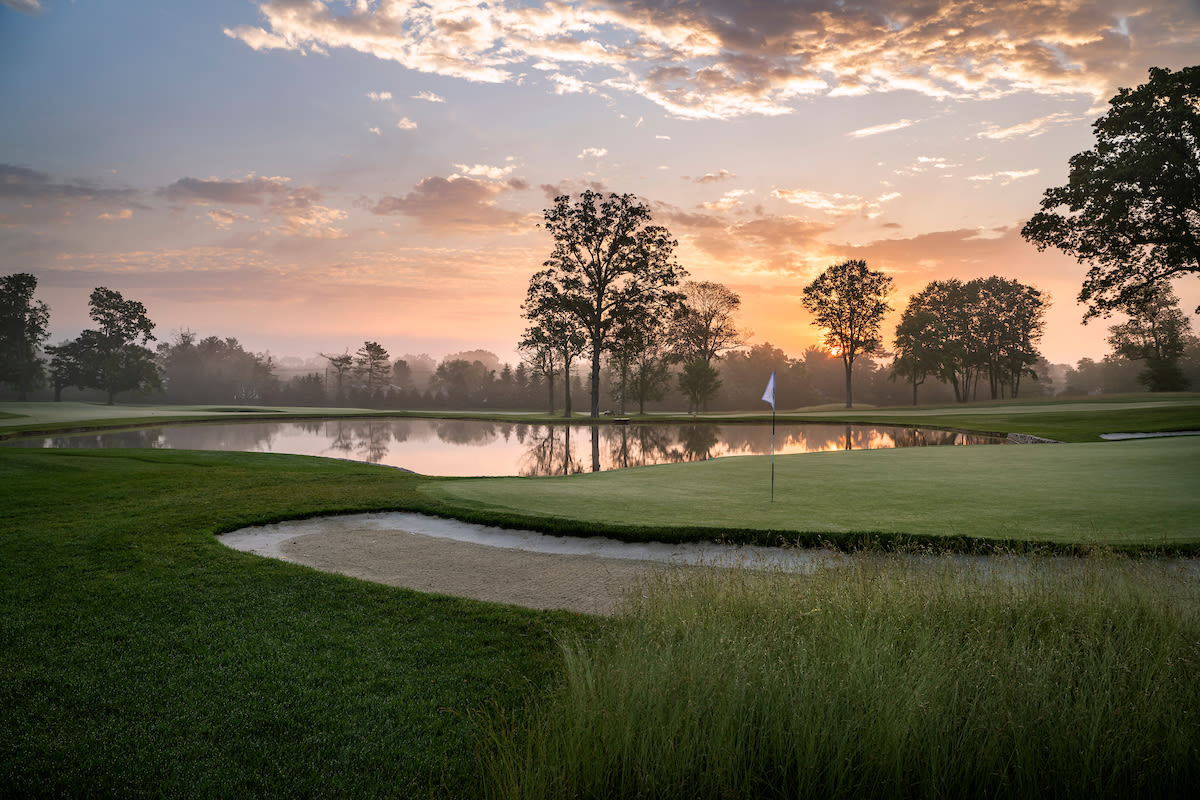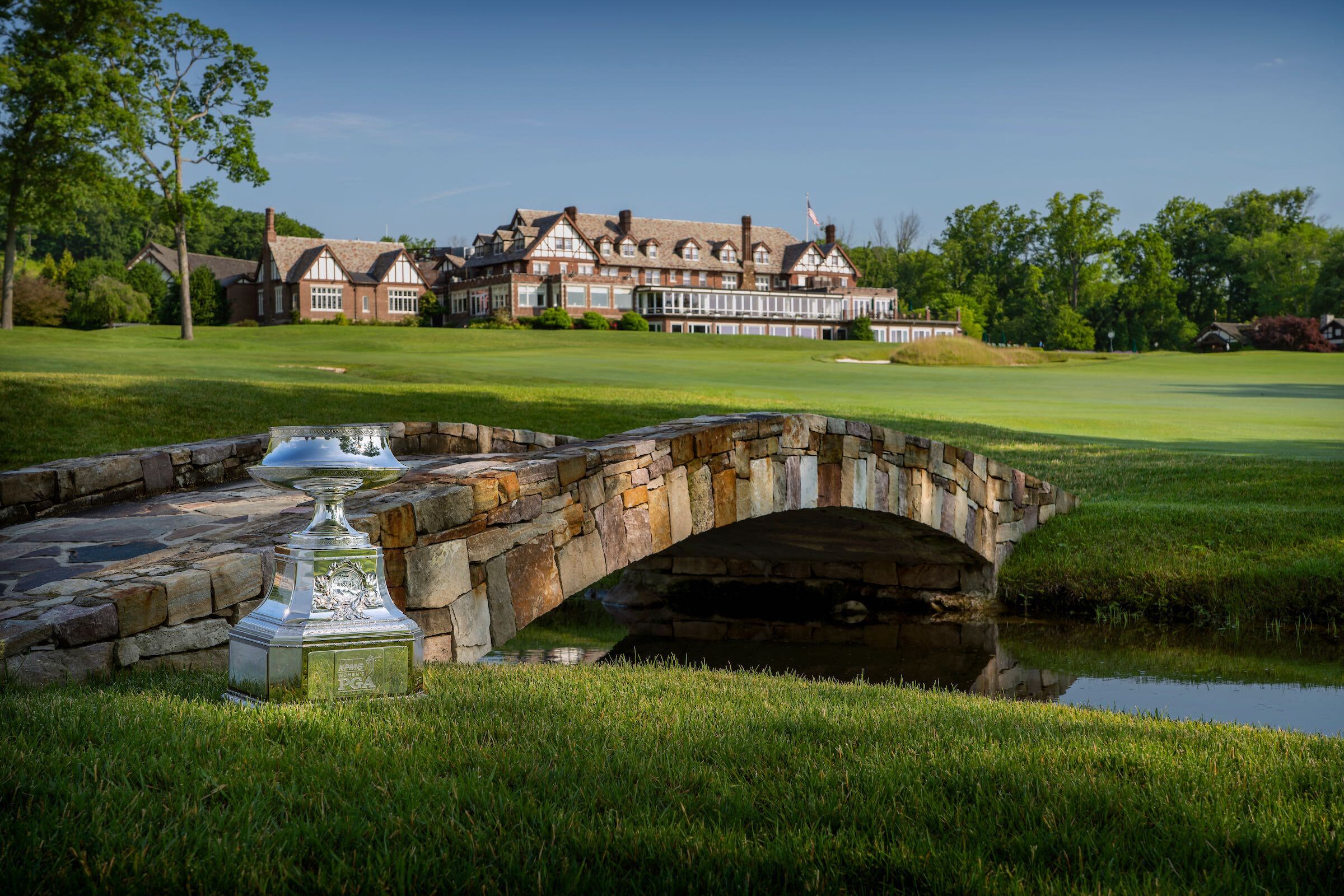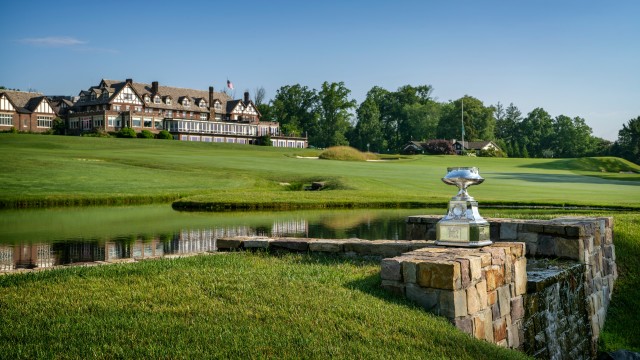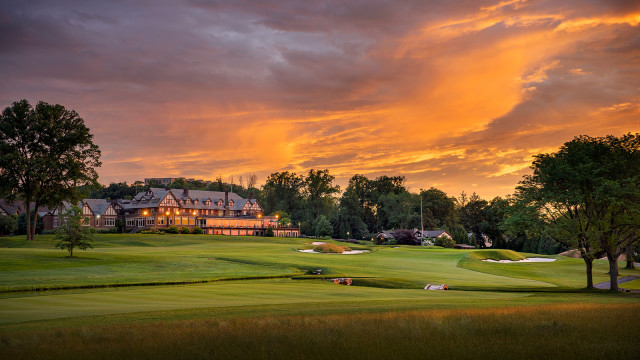Category - Major Events
Baltusrol: A Tillinghast Treasure
By Brendon Elliott, PGA
Published on

With a history that dates back to 1895, Baltusrol Golf Club is one of the true gems of Golden Age golf course architecture that dots the Northeast portions of the United States.
The club, which is serving as host for the 2023 KPMG Women’s PGA Championship, sits a mere 20 miles west of Midtown Manhattan and New York City, in Springfield, New Jersey.

Baltusrol's Lower and Upper courses have been part of golf's major championship history since their creation, having hosted 18 previous major championships – including seven U.S. Opens, two U.S. Women's Opens and two PGA Championships.
This year's 69th KPMG Women's PGA Championship will mark its 19th major, and the 2029 PGA Championship will mark a remarkable 20 majors hosted.
The genius behind this piece of American golf history, which in 2014, was designated a National Historic Landmark, was Albert Warren "Tilly" Tillinghast. Golf purists, architecture buffs, and more know the Tillinghast name well, and those that don’t surely know examples of his finest work: Winged Foot, San Francisco Golf Club, Bethpage Black, Somerset Hills, Quaker Ridge, Philly Cricket and Baltimore Country Club, just to name a few.

In their book, The Golf Course, Geoff Cornish and Ron Whitten said of the famed architect: "A.W. Tillinghast, known in his day as "Tillie the Terror," was an outstanding golf architect, and also one of the most colorful characters in the history of golf."
To say that Tillinghast was one of the most prolific architects in the history of the game would be an understatement. He worked on more than 265 different courses around the world, a sterling resume that landed him a spot as a class of 2015 inductee into the World Golf Hall of Fame.
A meeting with Old Tom
In 1896, at age 20, Tillinghast’s father took him to St. Andrews and introduced him to Old Tom Morris. That experience was an early pivotal moment in Tillinghast's career, and after a handful of lessons from Old Tom, his passion for the game grew tenfold.
"I got to know the old man very well indeed in succeeding years, and I spent many happy hours with him in his little sitting room over his shop," said Tillinghast. "It was there that I handled the Champions Belt won by his son, as Old Tom got it out reverently and his eyes filled with tears as he told me many things about his boy."
Between 1902-12, Tillinghast played in a handful of U.S. Open and U.S. Amateur Championships. He never finished inside the round of 32 in the U.S Amateur, and his best U.S. Open finish was 25th place in 1910.
Between 1902-12, Tillinghast played in a handful of U.S. Open and U.S. Amateur Championships. He never finished inside the round of 32 in the U.S Amateur, and his best U.S. Open finish was 25th place in 1910.
It was then that he found his true calling within the game was not playing the course... but designing them.

A.W. Tillinghast's advertisement in the first PGA Magazine.
Baltusrol is back
Tillinghast wrapped up work on Baltusrol’s Lower Course in 1922. Over the years, his original design characteristics would have several renovations done to "strengthen" the course for major championship golf. Many of those changes went away from what the Lower Course looked like from its inception, and the Tillinghast fingerprint started to fade a bit.
The club looked to famed modern-day architect Gil Hanse in 2018 to try and recapture that Tillinghast feel. The premise of this project was described as an effort to bring back "design features" and "shot values" from Tillinghast's original design.

Gil Hanse and his team began work in 2020, and the course re-opened in May 2021. Some of the work that was completed in their effort to revive the spirit of Tillinghast included the return of "The Great Hazard" – large fairway bunker areas with natural grasses and other plants stretch across the fairway. These are key features now on No. 2 and 17 (above).
The greens have been rebuilt to reclaim original design characteristics lost over the years, while the green complex surrounds, like the shaping and bunkering, have been restored to regain that Tillinghast feel. The original sight lines off the tee were restored by Hanse, as well. Tillinghast believed straight lines, in terms of how the fairways run, rob courses of character. Hanse and his team brought back the winding look to several holes design. One example is the seventh hole, which resembles a double dogleg.
The greens have been rebuilt to reclaim original design characteristics lost over the years, while the green complex surrounds, like the shaping and bunkering, have been restored to regain that Tillinghast feel. The original sight lines off the tee were restored by Hanse, as well. Tillinghast believed straight lines, in terms of how the fairways run, rob courses of character. Hanse and his team brought back the winding look to several holes design. One example is the seventh hole, which resembles a double dogleg.
"We are extremely proud to have restored Tillinghast’s original vision for golf throughout the Lower Course," says Matt Wirths, Baltusrol’s President and the club chair of the Master Plan Committee. "Not only have we restored the Tillinghast design, we’ve updated the infrastructure of the Lower that will have a material impact on its agronomic health and our maintenance procedures for years to come. We feel like we have more control over the course’s health and playability going forward."
This year marks 81 years since the passing of A.W. Tillinghast. As with many earlier influencers, Tilly's spirit will continue to stand the test of time within the game.




